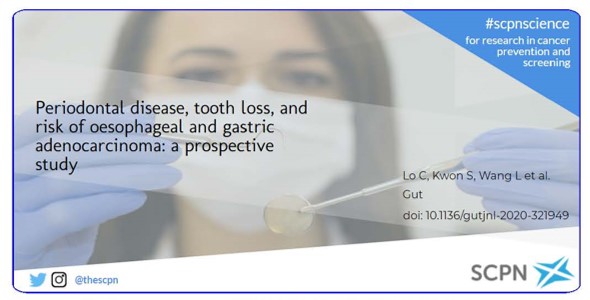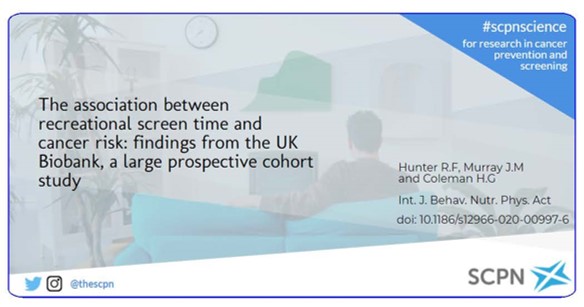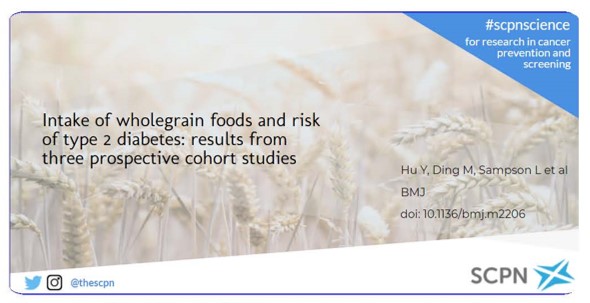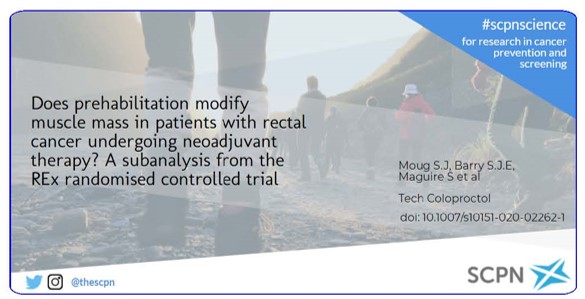
Research Round Up

07 Sep 20 |
There has been some fantastic research published since our last e-digest! Here are some recently published articles we have found interesting at the SCPN.
https://gut.bmj.com/content/early/
Lo and colleagues prospectively examined the association of periodontal disease history and tooth loss with the risk of oesophageal and gastric adenocarcinoma in 98459 women from the Nurses’ Health Study (1992–2014) and 49685 men from the Health Professionals Follow-up Study (1988–2016). Over a 22-28 year follow up, the authors report that periodontal disease was associated with a 43% increased risk of oesophageal adenocarcinoma and a 52% increase in risk of gastric adenocarcinoma. Compared to individuals with no tooth loss there was also a modest increase in risk of oesophageal adenocarcinoma (42%) and gastric adenocarcinoma (33%) in individuals who lost two or more teeth. Various factors relating to the oral microbiome are believed to be linked, including periodontal pathogens Tannerella forsythia and Porphyromonas gingivalis, highlighting the importance of maintaining good oral hygiene and regular visits to the dentist for cancer prevention.
https://link.springer.com/article/10.1007/s10151-020-02262-1
The authors of this paper are the first to report modification of muscle mass with prehabilitation in patients with colorectal cancer who received neoadjuvant therapy. Patients followed a walking programme prior to treatment (for a minimum of 13 weeks) with the aim of increasing their average daily step count by 3000 steps. The graduated individualised walking programme provided enough muscle overload to increase psoas muscle mass in 65% of the intervention group in comparison to the control group, where 67% had the expected reduction in muscle mass as a consequence of having long-course chemoradiotherapy. This study supports the positive role physical activity can have in the prehabilitation colorectal cancer setting.

https://ijbnpa.biomedcentral.com/articles/10.1186/s12966-020-00997-6
Using UK Biobank data from 502,619 adults, a new study published by the International Journal of Behavioral Nutrition and Physical Activity report that daily recreational screen time, particularly watching TV, was associated with small increased risks of oesophago-gastric and colon cancer. The authors highlight the benefit of introducing modest amounts of exercise to daily routines; by replacing 1 hour a day of watching TV with 1 hour of moderate-intensity physical activity or walking was associated with lower risk of oropharyngeal, lung, breast and colorectal cancers. These findings reiterate UK Chief Medical Officers’ Physical Activity Guidelines for minimising time spent in prolonged sedentary behaviours for health benefits.

https://doi.org/10.1136/bmj.m2206
Data from the Nurses’ Health Study, Nurses’ Health Study II and Health Professionals Follow-up Study were used to look at associations between the intake of total and individual wholegrain foods and the risk of developing type 2 diabetes. The authors report that individuals who consumed one or more portions of wholegrains daily had a 29% (CI, 26% to 33%) lower rate of type 2 diabetes compared with those who consumed wholegrains less than once a month. In terms of wholegrain foods (when one or more portions were consumed a day) wholegrain cold breakfast cereals reduced risk of type 2 diabetes by 19%, and non-white bread by 21% compared with those consuming less than one portion a month. Wholegrain consumption not only reduces risk of cardiovascular diseases but also other non-communicable diseases including cancer.
